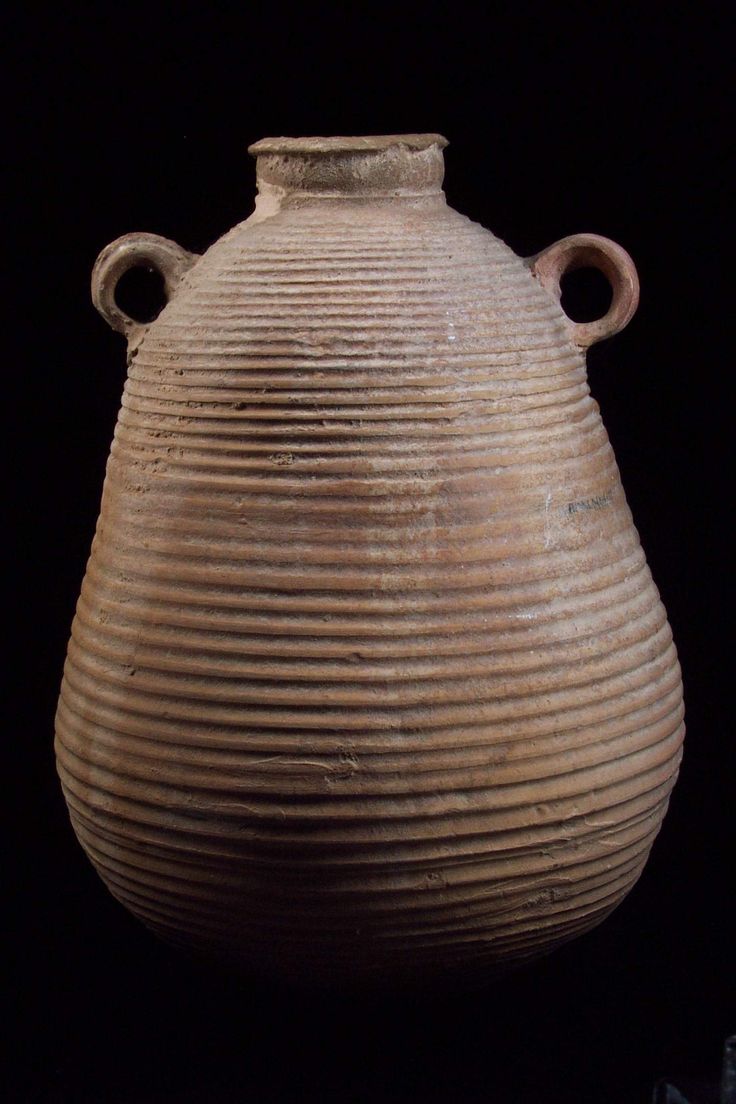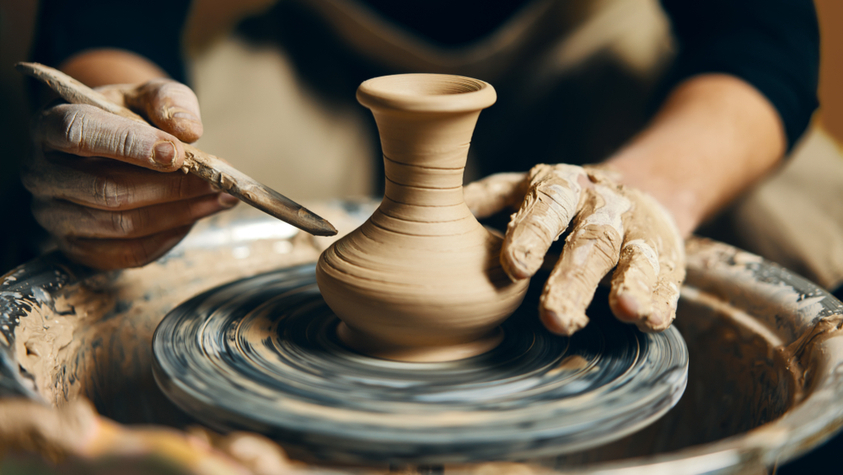Pottery was the most common industry in the ancient world. Pots, utensils, plates, cups, large jars for storing food, oil and wine, and other objects were made of pottery. Making pottery required soil, water and fire, which were everywhere. All different cultures eventually succeeded in making pottery and its invention can not be attributed to a specific place. Unfortunately, many historians have blindly attributed the honor of pottery to their country, or, as usual, historians were born in Egypt or Greece. But the truth is that the making of pottery - over time, of course - was possible in all lands, and the people of each land had their own ways and customs.
Initially, pottery was made by hand. Around 4500 BC, a basic pottery wheel was built, and in 2000 BC an advanced pottery wheel was built to make durable thin pottery. We do not know much about the pottery wheel technology of that period. A pottery workshop needed soil, water, fire and iron compounds. Paintings on pottery were produced by adding iron compounds to the soil. The amount of oxygen in the kiln also changes the color of the pottery. The pottery of that period was made in red, pea, black and gray.
There were all kinds of pottery kilns. Different models of stoves had different ignition times.
Assyrian pottery is rooted in pre-Assyrian beliefs. In the new Assyrian and Babylonian periods, shiny pottery was produced. The word Sumerian pottery also has its roots in pre-Sumerian languages. Brick making was also an important industry. The important buildings of the city had hundreds of thousands of bricks. Bricks were also used to build houses. The flowers were first molded, then left in the sun to dry, then baked in the oven. Sometimes the bricks were polished. Some bricks were marked with seals. In Assyria and in the time of Nebuchadnezzar in Babylon, bricks with colored materials were produced, such as the gate of Ishtar and the way to Babylon, which has blue, green, yellow, white and black bricks.


